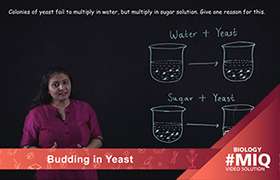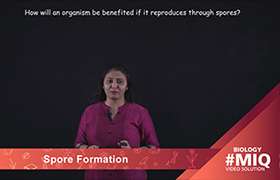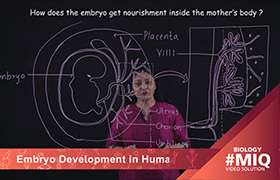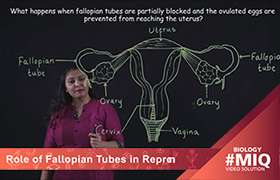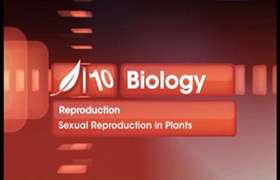CBSE Class 10 Answered
1) Fission-
i) Binary fission - Here, the entire parental body divides into two daughter cells of almost equal size are formed. The daughter cells grow in size and then divide again.
Example: Euglena, amoeba.
ii) Multiple fission - Here a single celled organism divides simultaneously into many daughter cells. So a number of daughter cells are formed at the same time. Eg - Plasmodium.
2) Budding - Here one or more outgrowths of reproductive units called buds are formed on the parental body. Each bud enlarges and develops the characteristics of the parent organism. A bud may become separated from the parent body and then develop into a new individual, or it may separate only after the completion of development. Example - Hydra, sponge.
3) Fragmentation is a form of asexual reproduction where a new organism grows from a fragment of the parent. The parent breaks into different fragments. Each fragment develops into a mature, fully grown individual. Fragmentation is seen in many organisms such as animals (some annelid worms and sea stars), fungi, and plants.
4) Regeneration - In regeneration, when an animal that is capable of regeneration loses a body part, it can grow a replacement part. If the lost body part contains enough genetic information from the parent, it can regenerate into an entirely new organism. Echinoderms are examples of animals that use regeneration.
5) Vegetative propagation - Regeneration of new plants from the vegetative parts of the parent plant like roots, stem and leaves is called vegetative propagation.
6) Spore formation - Spore formation is generally seen in bacteria and most fungi. Spores are unicellular bodies, formed by the parent organism to carry out reproduction. If environmental conditions are suitable, the spore will develop into a new individual. Spores come in a wide variety of forms and are produced and dispersed in many different ways. Spores are very effective, because they are small and light, and so can be carried by wind, water or animals; so they can travel far away from the parent, perhaps to better conditions.

